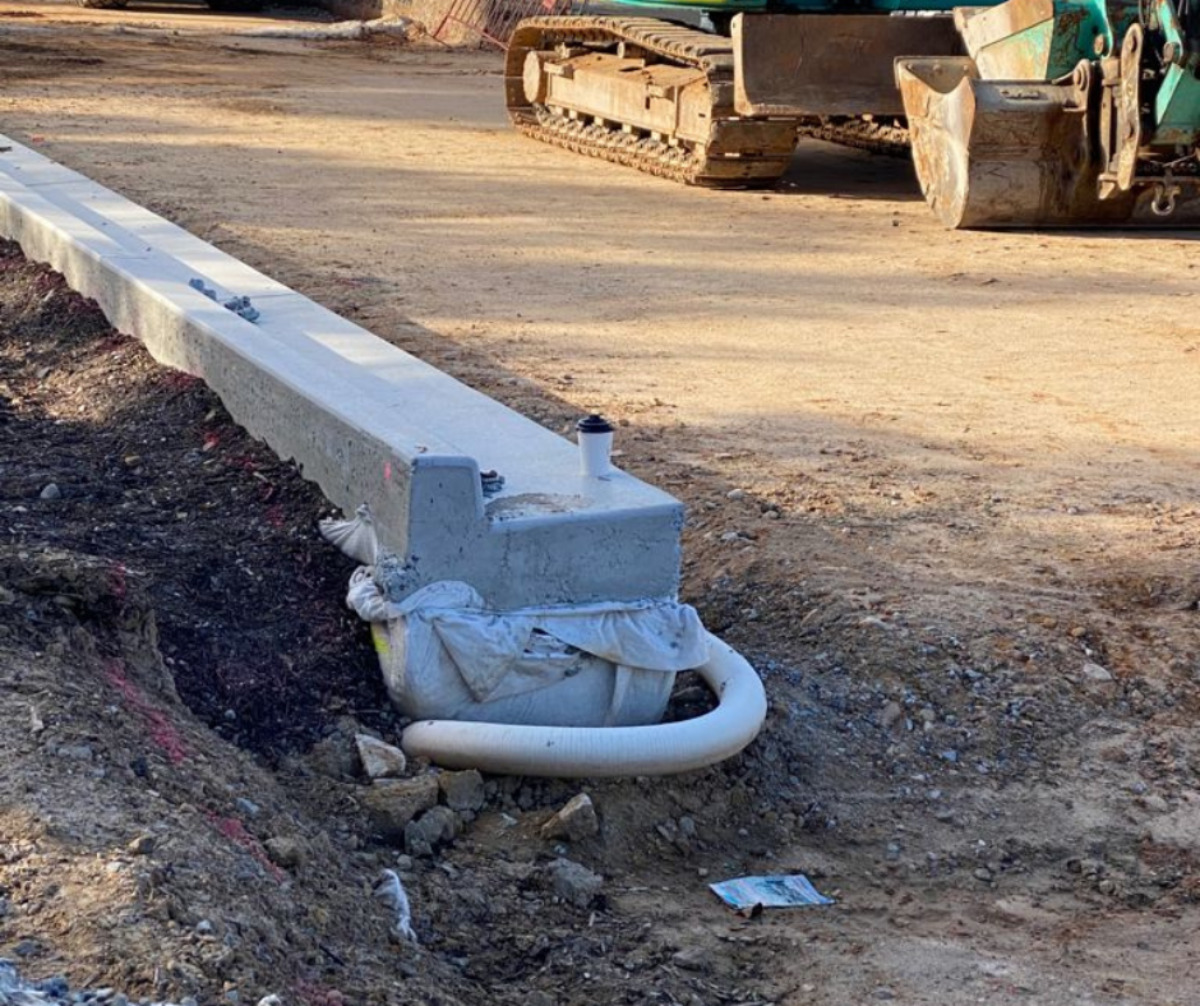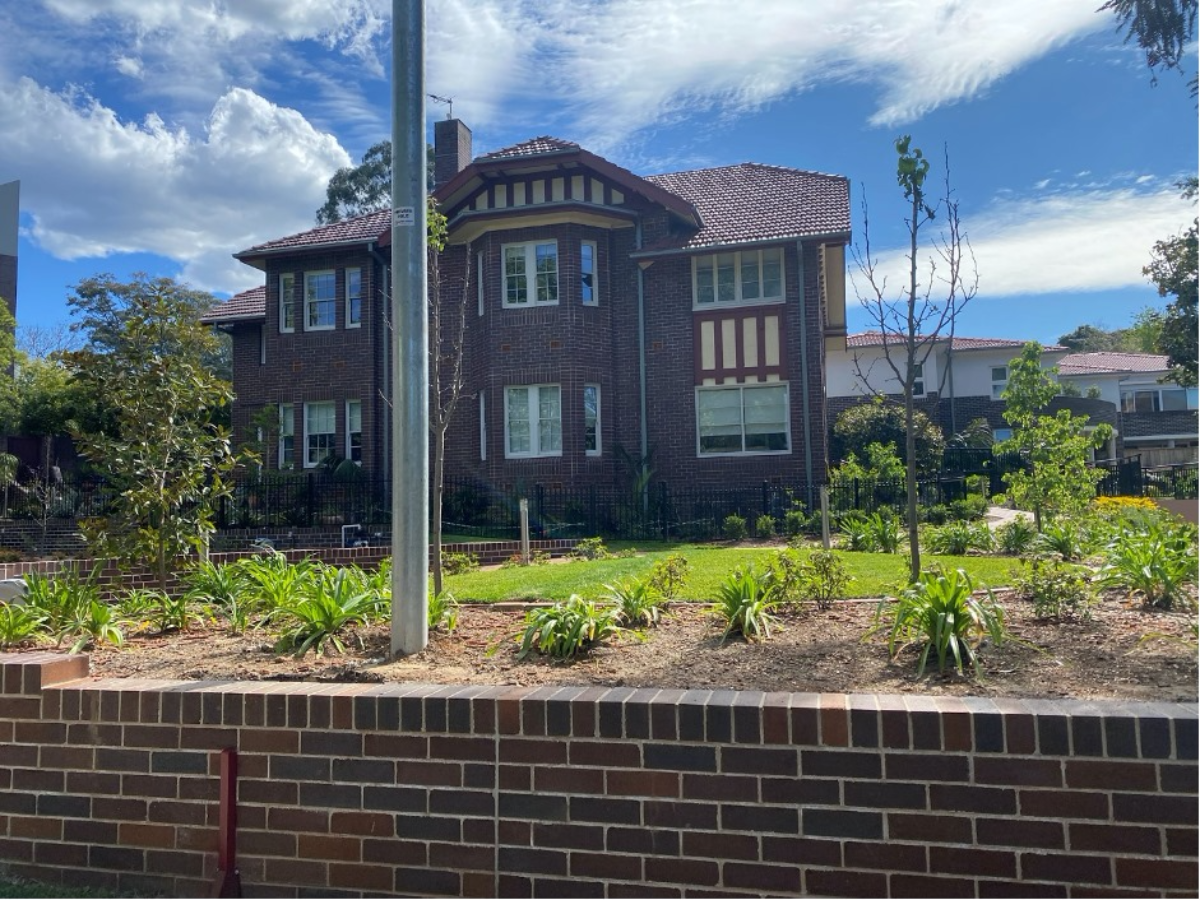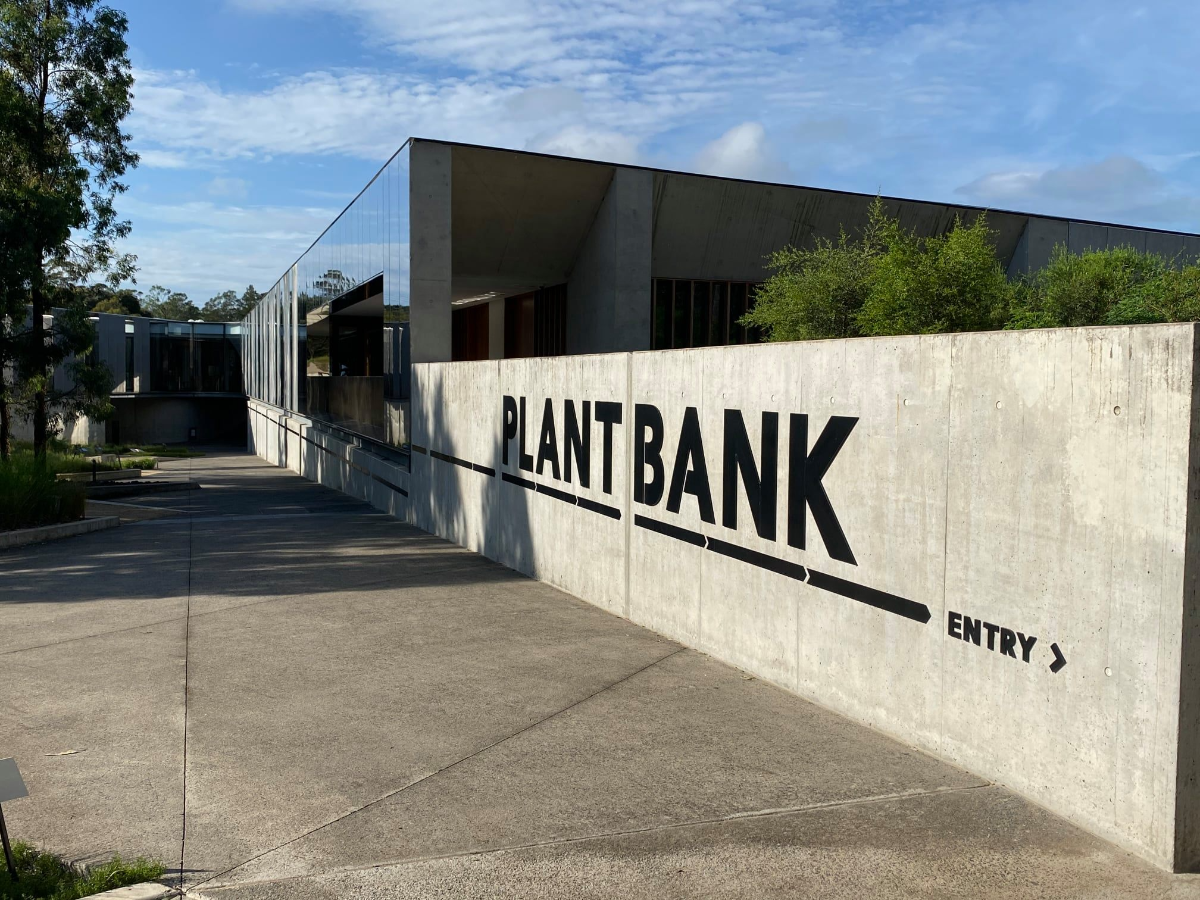
- June 14, 2021
- Effective Building
- 0
Agg lines or agricultural pipes can damage the houses they are meant to protect. In addition, if agg lines are specified or installed incorrectly, they can cause cracking and uncontrolled movement in your house.
Homeowners and engineers sometimes use agg lines, slotted drainage pipes, and soakage drains to improve house subsoil drainage.
Sometimes, agg lines are used to fix slab heaves and reduce cracking in houses. However, when agg lines are installed improperly, they can become a problem.
What Are Agg Lines?
AggLines are slotted PVC pipes placed into a trench that’s backfilled with rocks or sand. The purpose of agricultural lines is to drain away any water that’s in the ground.
Surface water or groundwater that seeps into the trench falls through the rocks and is carried away by the slotted PVC pipe.
An agg line is constructed by
- Trench digging
- Slotted PVC placement in the bottom of the trench
- Agg lines can be protected by a geofabric filter (a sock that keeps the dirt out)
- Backfilling the trench either to the surface or just below the surface with 10mm or 20mm gravel
- The entire trench is wrapped in geofabric filter material for optimum protection from silt.
Groundwater or surface water that seeps into the trench falls through the rocks and is carried away by the slotted PVC pipe.
How Agg Lines Damage Houses
Agg lines and pipes are meant to remove water from the ground. However, agg lines damage houses when they become the moisture source in the ground.
Hence, you shouldn’t connect your agricultural lines to your stormwater popes. Run separate pipes.
If your agricultural lines are connected to your roof downpipes, water can flood back into the agg line and flood the trench that’s meant to be collecting water every time it rains. The water will soak into the ground and can affect your house footings.
The Best Way to Install Agg Lines
1. Use Spoon Drains
If water is already on the surface, use spoon drains instead of agg lines. Surface water should be managed at the surface level. Agg lines are for water that’s already in the ground.
2. Connect Agricultural Lines to their Pipework System
Don’t connect agg lines and soakage trenches to the roof stormwater system.
3. Check the Direction of Water Flow
Ensure the agg line and the bottom of the trench are graded in the direction of water flow. Water in and around the pope should be able to drain by gravity along the trench.
4. Place the Agg Lines at Least 1m from Your House Footings
Use solid pathways or grade the ground away from the house for the first metre.
5. Never Run Slotted Pipe Drains Under the House
Use only solid pipes under the house. Try not to introduce water under the house.
6. Use Silt Pits as Required by the National Construction Code
Don’t forget to keep silt pits clean of silt and debris. Use geotextiles and geofabric to keep silt out of the soakage drain and pipe.
7. Bring the End of an Agg Line to the Surface and Cap It
Bring the end of the agricultural line to the surface and cap it so that the pipe can be flushed easily and timely.
What Advice Does Effective Building & Consultancy Can Give to You About Agg Lines?
Agg lines should be your last resort when the management of surface water isn’t enough to improve the performance of your house.
A spoon drain is an excellent way to manage surface water.
Sometimes, water is already in the ground, and it needs to be removed. This is the true benefit of soakage trenches and agricultural lines.
Subsoil drainage systems should be used when:
- Water is soaking into the ground uphill from your house and running through the ground towards the house.
- Adjacent to basement walls.
- Behind retaining walls
- Adjacent to deep footings.
- On the uphill side of the cut and fill sites.
If water is on the ground, try your hardest to achieve drainage by overland flow rather than letting the water soak into the ground and be collected by an agricultural line.
A Quick Summary of Agg Lines
- Don’t connect agricultural lines to the roof stormwater system. Run separate pipes.
- Make sure soakage trenches lope downhill.
- Keep agricultural pipe trenches at least 500mm from a house.
- Use soakage trenches to remove water from the ground.
- Remember that agg lines don’t magically make water flow uphill
- Discharge water from soakage trenches downhill of the house you are protecting.
- Don’t run agg lines under houses.
Contact Effective Building & Consultancy building engineers and inspectors to help improve the drainage around your home. We will check if you need a spoon drain, an agg line, or some other way of improving the drainage around your home.
For more information about building inspection and other services, visit our Help Centre.
Suppose you are planning to work on multi-story units. In that case, you may find yourself wondering if you should Read more
Heritage buildings represent the history and culture of a nation. They constitute together the architectural heritage of an area. Heritage Read more
The Australian PlantBank is a remarkable new plant conservation laboratory at The Australian Botanic Garden in Mount Annan. It is Read more





